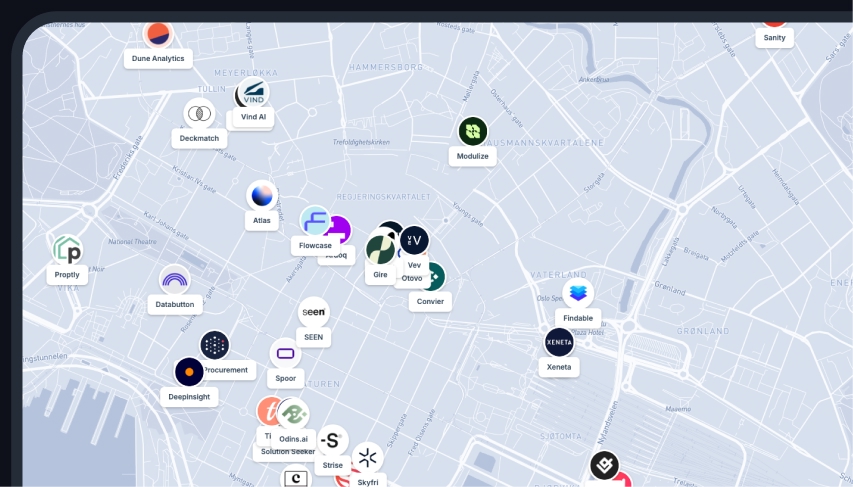Overview of the Loire River
The Loire River is the longest river in France, stretching about 1,006 kilometers (625 miles). It originates in the Massif Central, flows through central France, and empties into the Atlantic Ocean near Nantes. The river is famous for its historic towns, vineyards, and the stunning Loire Valley.
Where is the Loire River on the map?
The Loire River begins in the Cévennes mountains in central France and flows through major French cities before reaching the Atlantic Ocean. It passes through the renowned Loire Valley, a UNESCO World Heritage site.
Historical significance
The Loire River has played a crucial role in France’s history:
- Roman settlements: The riverbanks were home to some of France’s earliest Roman towns.
- Medieval trade route: The Loire was a key route for wine, textiles, and goods between the interior and the Atlantic coast.
- Château region: The Loire Valley became a center of royalty and Renaissance architecture, with famous châteaux like Château de Chambord and Château de Chenonceau.
- French Revolution: The river played a strategic role in battles and uprisings during the late 18th century.
Major cities along the Loire River
Several important cities and towns are located along the Loire River, including:
- Orléans: A city famous for its connection to Joan of Arc.
- Blois: Known for its Renaissance château and rich history.
- Tours: A major cultural hub in the Loire Valley.
- Angers: Home to medieval castles and vineyards.
- Nantes: A historic port city where the river meets the Atlantic Ocean.
Economic and environmental importance
The Loire River is essential for agriculture, tourism, and biodiversity. Key contributions include:
- Wine production: The Loire Valley is one of France’s most important wine regions, producing famous wines like Sancerre and Muscadet.
- Tourism: The river attracts millions of visitors who explore its châteaux, cycling trails, and historic towns.
- Wildlife habitat: The Loire supports wetlands, fish species, and migratory birds in its natural ecosystem.
- Hydroelectric power: The river is used for small-scale hydroelectric projects.
Challenges facing the Loire River
Despite its natural beauty, the Loire River faces several environmental challenges:
- Climate change: Rising temperatures and changing rainfall patterns affect water levels.
- Flooding: Seasonal floods pose risks to cities and farmlands along the riverbanks.
- Water pollution: Agricultural runoff and industrial waste impact water quality.
- Loss of biodiversity: Changes in river flow affect fish and bird populations.
Conservation efforts
France has introduced flood prevention projects, water quality regulations, and conservation programs to protect the Loire River. The Loire-Anjou-Touraine Regional Natural Park plays a key role in preserving biodiversity and sustainable tourism.
Work faster with spatial data
Easily import data, automate analysis and build spatial apps for the web, all within a single software.
FAQs
How long is the Loire River?
The Loire River is approximately 1,006 kilometers (625 miles) long.
Where does the Loire River start and end?
It starts in the Massif Central mountains and flows into the Atlantic Ocean near Nantes.
Why is the Loire River important?
It is a center of wine production, tourism, and history, known for its stunning landscapes and châteaux.
What are the biggest threats to the Loire River?
Climate change, flooding, pollution, and biodiversity loss are major concerns.
What wildlife depends on the Loire River?
The river supports migratory birds, fish species, and diverse wetland habitats.
